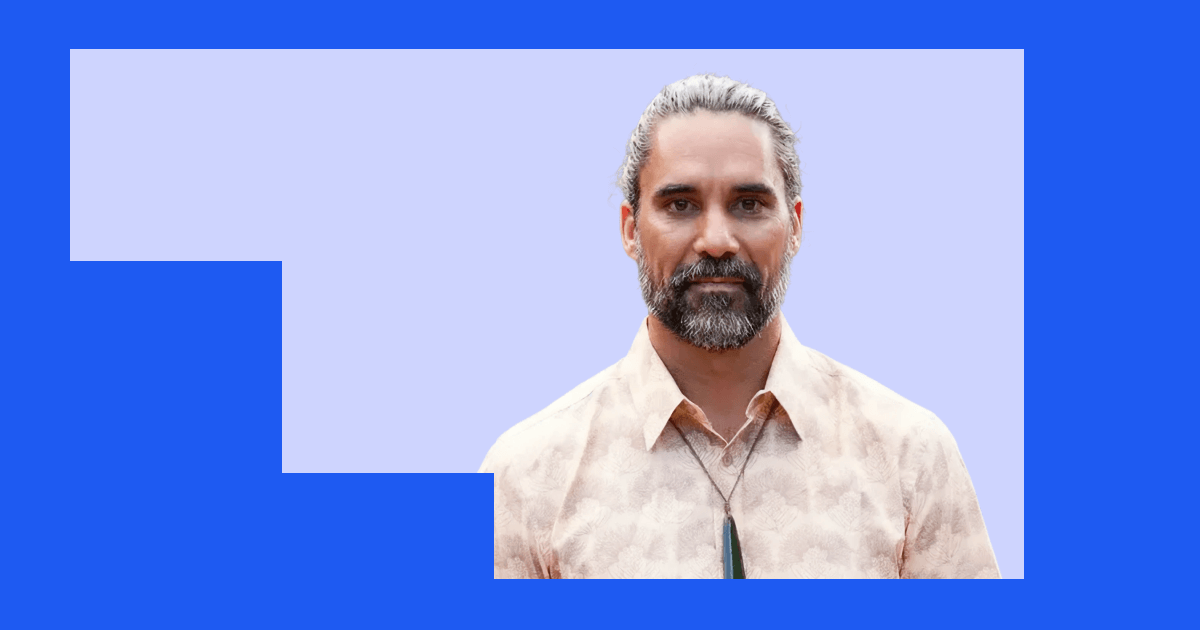La próxima gran transformación: Cuando el seguro finalmente se encuentra con el cliente



Durante décadas, la industria aseguradora ha confiado en intermediarios como agentes, corredores y asesores financieros para vender sus productos. En seguros de vida y anualidades especialmente, este modelo B2B2C dominó porque los productos se consideraban demasiado complejos para que los consumidores los compraran por su cuenta y requerían de un profesional con licencia.
Hoy en día, la industria aseguradora está despertando a una realidad que la banca, los viajes, los bienes de consumo y la salud enfrentaron hace años: la gente quiere comprar productos en sus términos, no esperar a que alguien les venda. Las fuerzas que impulsan esta transformación, incluida la demografía y las cambiantes expectativas de los consumidores, son claras. Pero la transición no será fácil. A medida que las compañías de seguros comienzan a explorar lo que el directo al consumidor (D2C) podría significar para ellos, se están dando cuenta del hecho de que saben muy poco sobre las personas que realmente usan sus productos. El éxito en este nuevo modelo dependerá de entender primero a esas personas y diseñar experiencias digitales que se sientan personales, transparentes y humanas.
¿Qué está impulsando el cambio?
Tres fuerzas están empujando a las aseguradoras hacia modelos directos al consumidor:
- Demografía. Los baby boomers, que dependían en gran medida de los corredores, están envejeciendo fuera del mercado. La Generación X, los Millennials y la Generación Z esperan experiencias digitales en cada parte de sus vidas. Cuando puedes comparar tasas hipotecarias en minutos, reservar viajes internacionales desde tu teléfono y administrar inversiones a través de una app, esperar semanas para comprar un seguro a través de un broker se siente absurdo. Estas generaciones también esperan experiencias digitales que reflejen empatía y comprensión, no solo eficiencia.
- Expectativas del consumidor. Los consumidores más jóvenes buscan cada vez más asesores que puedan abordar sus necesidades financieras de manera integral, incluyendo inversiones, seguros y consideraciones fiscales. A lo mejor no se despiertan con ganas de comprar una anualidad, pero cuando se encuentran con productos para el retiro, esperan transparencia y claridad en el proceso de compra. También esperan que las marcas anticipen sus necesidades y ofrezcan una orientación que se sienta adaptada a su etapa de vida.
- Economía y modelos cambiantes. Al vender directamente, las aseguradoras recopilan datos de clientes de primera parte, controlan la experiencia y reducen la dependencia de los intermediarios. Ser dueño de la relación con el cliente facilita las ventas cruzadas, las ventas superiores y la personalización del compromiso. La distribución embebida, siendo los seguros una parte empaquetada del proceso de compra de automóviles para Tesla, por ejemplo, es una tendencia creciente. Los seguros se están presentando donde ya están los consumidores en lugar de obligarlos a buscarlo. Si bien la tecnología permite este cambio, el verdadero diferenciador será qué tan humanas se sienten esas experiencias una vez que los consumidores lleguen allí.

Las barreras para ir directo
En el modelo antiguo, las aseguradoras actuaban como fabricantes, creando productos que los brokers comercializaban y vendían. En el nuevo modelo, los transportistas deben entender sus segmentos y clientes objetivo y cumplirlos donde están. Eso es un cambio enorme. Muchas aseguradoras carecen de capacidades básicas de marketing digital porque nunca las necesitaron.
Las aseguradoras también deben reconocer que sus productos tocan las preocupaciones más personales de las personas, incluyendo la vida, la muerte, la salud y la seguridad. Construir una relación directa significa conocer esos momentos con empatía y cuidado. Una mentalidad de ser humano es clave para desarrollar la lealtad y la confianza que históricamente proporcionaron los intermediarios a través de las relaciones personales. Esto es especialmente importante entre los consumidores de la Generación X, Millennial y Gen Z que esperan que las marcas los vean como personas, no solo números de políticas.
La brecha tecnológica es real. Los operadores heredados construyeron sistemas para la administración de políticas y el procesamiento de reclamos, no para la contratación del cliente. También está el problema de la fuerza laboral. Los transportistas necesitan personas que puedan guiar a los clientes a través de las compras de forma remota. Esto significa crear equipos de ventas que puedan manejar los requerimientos de licencias y las obligaciones de cumplimiento de normas previamente administradas por corredores independientes. Para las empresas que nunca emplearon personal de ventas orientado al consumidor, la mudanza requiere un ajuste operativo importante.
El conocimiento de la marca es otro desafío. Muchos transportistas tienen una sólida reputación entre los corredores, pero una conciencia limitada entre los consumidores. Sin un asesor que acredite el producto, los transportistas deben generar credibilidad y confianza directamente con los consumidores. Una vez que se establece esa confianza, está el obstáculo de la educación del consumidor. Productos como seguros de vida y anualidades no se compran impulsivamente. Requieren contexto, calculadoras e ilustraciones claras para ayudar a los consumidores a entender su ajuste.
Todos estos factores dificultan más los modelos directos para los seguros; pero no son insuperables. A medida que el valor cambia hacia quien sea el dueño de la interfaz del cliente, las aseguradoras corren el riesgo de obsolescencia a menos que construyan sus propias marcas de consumo centradas en el usuario.
Lo que requiere un modelo directo
Pasar de las ventas B2B2C a las ventas directas al consumidor no es solo un ajuste de canal. Es una revisión completa del modelo de negocio. Los transportistas que progresan comparten rasgos comunes:
- Diseño de producto simplificado. Los canales directos funcionan mejor con ofertas de “simple vainilla”: anualidades fijas o de ingresos directas con menos variables y beneficios claros. La complejidad se puede aplicar en capas más adelante.
- Transparencia de costos. Los consumidores confían en las marcas que son iniciales sobre los costos.
- Acervo digital. Algoritmos, firmas electrónicas y aprobaciones instantáneas satisfacen las expectativas modernas y reducen la fricción.
- Herramientas de tipo consultivo. Las calculadoras en línea, el modelado de viajes y los magos de “lo que es mejor para mí” aportan parte del papel del asesor a la experiencia digital.
- Diseño centrado en el ser humano. Más allá de los sistemas centrados en las transacciones para crear experiencias que reconozcan las complejidades emocionales y prácticas de las decisiones de protección financiera. Esto significa diseñar con empatía por las circunstancias y preocupaciones reales de las personas.
- Alianzas. En lugar de ser completamente directas, las aseguradoras pueden integrar productos en plataformas confiables como aplicaciones de jubilación, herramientas de administración de patrimonio, programas de bienestar u organizaciones miembros. Esto se apoya en la confianza existente y amplía el alcance.
- Administración de cambios. Internamente, los transportistas deben preparar a su fuerza laboral para nuevas funciones y modernizar las pilas de tecnología.

La llamada de atención
El seguro no abandonará a los intermediarios de la noche a la mañana. Los productos complejos y los requerimientos reglamentarios significan que los asesores seguirán siendo relevantes para las necesidades específicas del cliente y del segmento. Pero el cambio está en marcha y el mercado medio está en juego. Los operadores que tengan éxito centrarán a las personas para las que están construyendo y tratarán el directo al consumidor como una verdadera transformación del modelo de negocio, no como un proyecto paralelo. Eso significa comprometer recursos para la experiencia del cliente, la modernización de la tecnología, la construcción de marca y el cambio organizacional.
Los consumidores esperan participar en sus propios términos, y competidores de fuera de la industria de seguros, incluidas las fintechs, las plataformas de jubilación e incluso las marcas de atención médica están intervienen para llenar el vacío. El seguro tiene la oportunidad de reescribir la forma en que hace negocios. La retribución para los que triunfen será inmensa.



